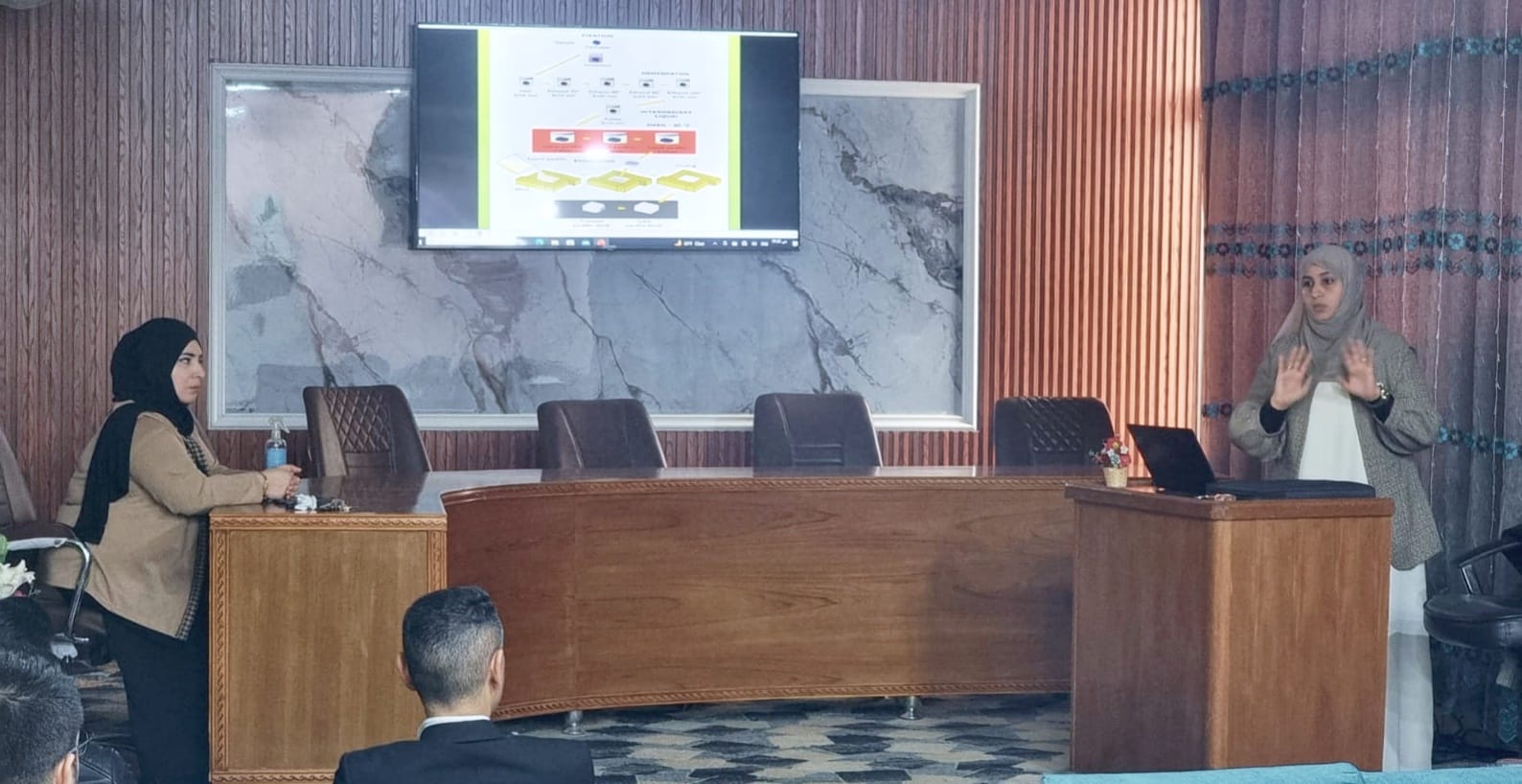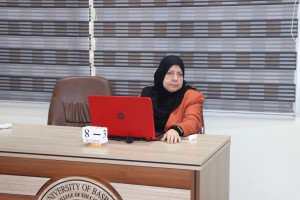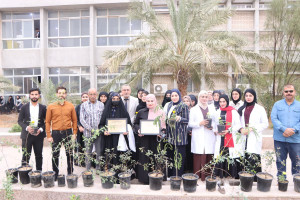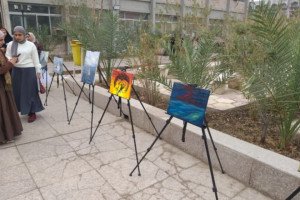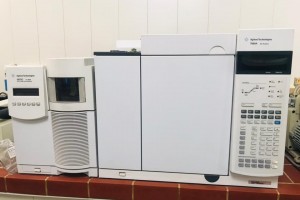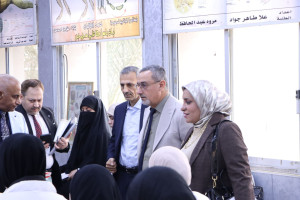
The College of Education for Pure Sciences, Department of Life Sciences, organized a workshop on (preparing plant and animal tissue sections and the mechanism of staining them)
The workshop included
First day (theoretical aspect)
The first day’s lecture included the definition of tissue sectioning, its importance, and the stages of tissue sectioning, starting from taking the samples to be sectioned, whether plant or animal, fixing and preserving them, until the stage of staining and examining them under the microscope. They explained the most important fixatives used in fixing samples and according to their suitability to the sample. The most important dyes used in staining samples were also explained. The basic ones are hematoxylin and eosin for animal tissues and fast green and safranin for plant samples, in addition to some other specialized dyes for animal tissues such as Mallory's triple stain and alizarin stain.
The most important obstacles facing the student while preparing histological sections and how to deal with them in order to achieve the best results were also discussed.
The second day (practical aspect)
The practical application of preparing tissue sections took place on the second day of the workshop, which included preparing samples for burial in paraffin wax at all stages to prepare them for cutting in the cutting device (rotary microtome). And the stages of dyeing
The workshop was attended by a number of graduate students from various colleges of the University of Basrah , in the presence of Dr. Munira Ibrahim Abdullah and Dr. Weam Munadhil Hussein.
